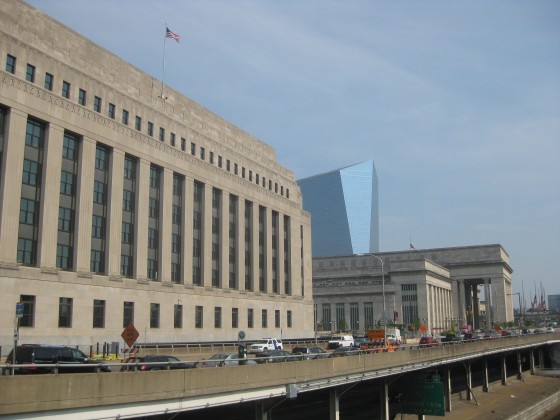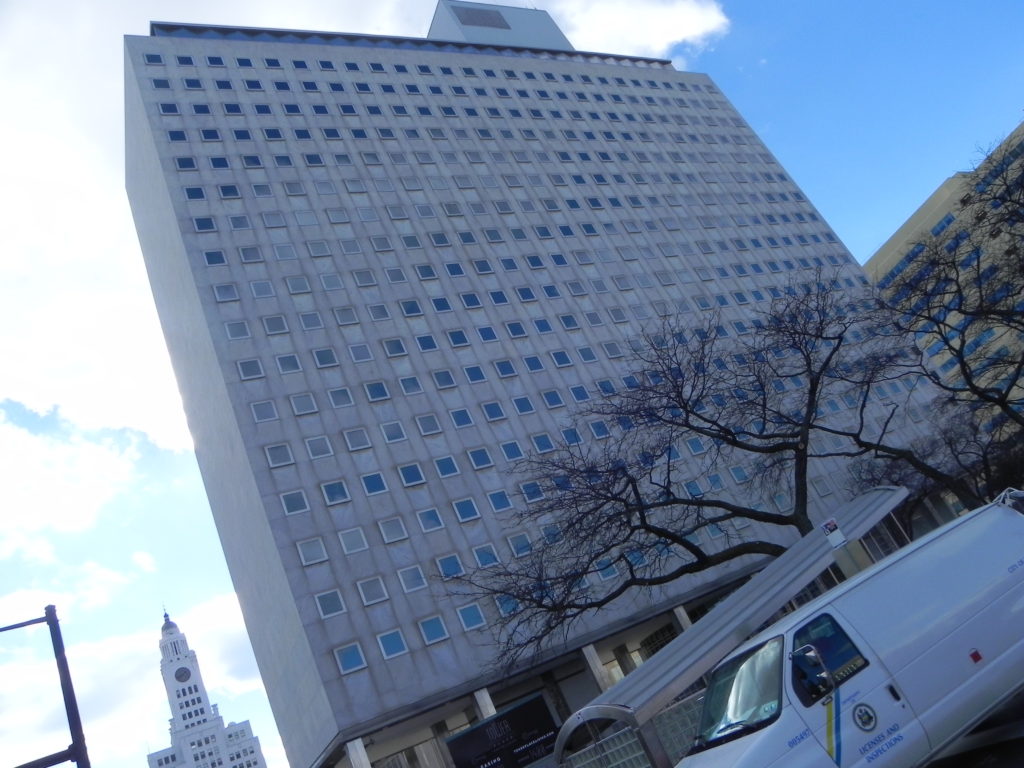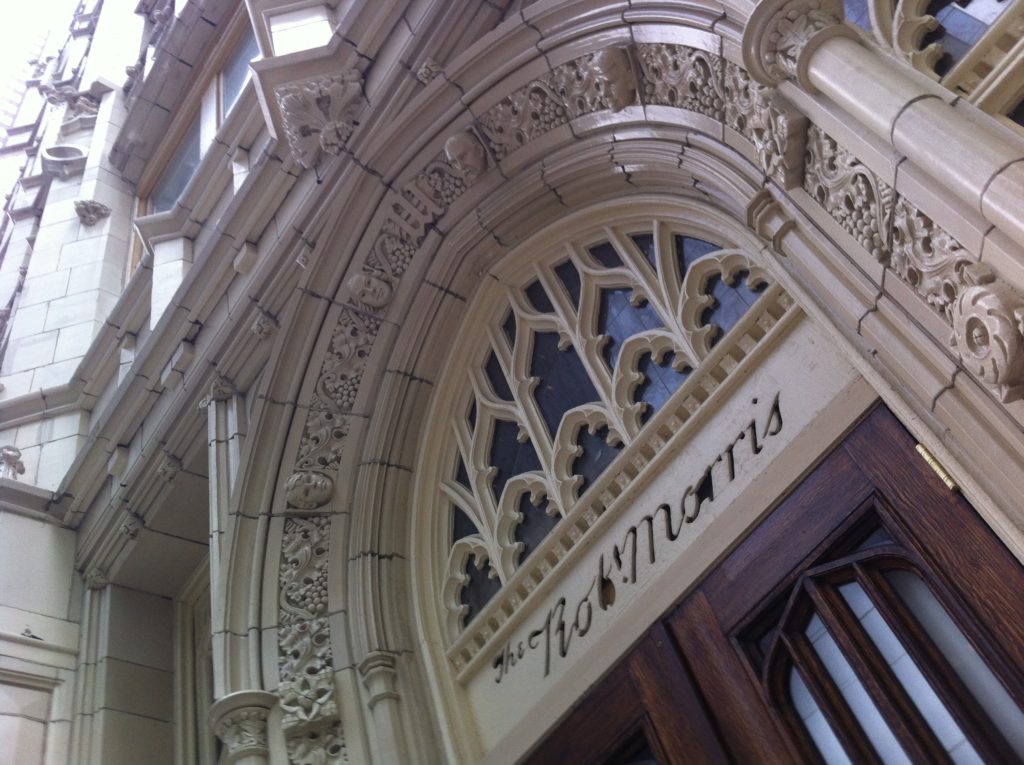One way old, expensive, yet interesting buildings are saved from demolition and preserved is through the Federal Historic Tax Credits program.
It’s what preserved the Art Deco 30th Street Main Post Office building, constructed when the style was as much in swing as swing music, located across from 30th Street Station. The program offers developers a 20% income tax credit based off the cost of the entire project, from pens to post-development. Bart Blatstein capitalized on the opportunity for his Tower Place Project that renovated the former State Building at Broad and Spring Garden Streets into apartments. That project totaled around $70M, which makes for a $14M rebate. The Morris Building that was renovated at 17th & Arch is another example of an old structure that benefitted from the program.
There a few requirements that must be fulfilled in order for a building to qualify for the tax credits, according Patrick Hauck, director of the neighborhood preservation program the Preservation Alliance for Greater Philadelphia. Rebates come from both the state and federal level, he said. For it to qualify, a building must be listed on the National Register of Historic Places, or be located in a National Historic Places District (like the Street Car Suburb district in West Philly.) Next the entire existing condition of the building inside and out must be documented with specific attention to detail. This step in the process is where potential developers explain any plans they have to alter the building, like changing the windows, for example. If that step is approved, the third and final step is a precise documenting of the finished project. Finally, if approved, a process overseen by the National Parks Service, the owner of the building must retain the building for five years and it must be an income producing property, which explains why many developers choose a residential route.
Somewhat curiously, this program landed on the Preservation Alliance’s 2013 list of Endangered Properties. With the new tax laws signed into law this winter by President Obama, Preservation Alliance staff want to make people aware of Federal Historic Tax Credits, and spread the word so that they continue. At present, the program is not in jeopardy, according to Hauck.
“If it [being cut] was something seriously being put out there there would be a major outcry from a lot of people,” said Hauck.
Still, it is interesting to see what kind of incentives exist and have existed that have been created with the goal of attracting developers to preserving worthy old buildings. “Why they are important is because they really contribute to selling the story of our city,” said Hauck about preserving old buildings. He likened to it to preserving culture, preserving stories. These buildings, in a sense, hold the stories of the history of an era.
“They make Philadelphia Philadelphia,” said Hauck.
Around town, there are plenty of additional buildings that could benefit from this program. Any suggestions?
<ahem, Divine Lorraine, ahem>
–Lou Mancinelli



